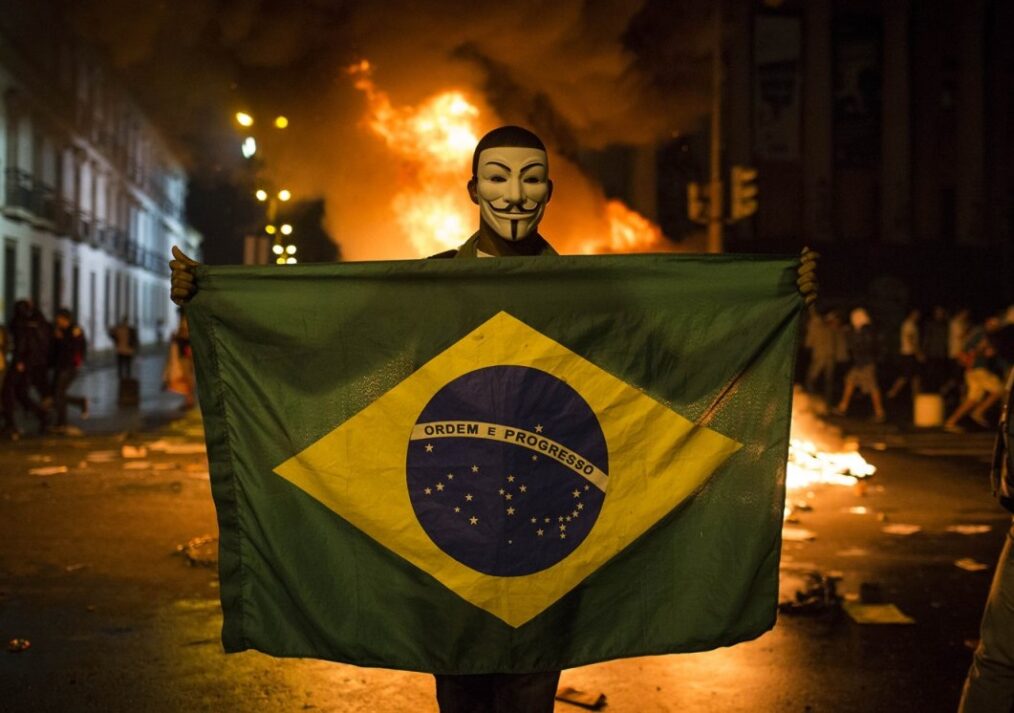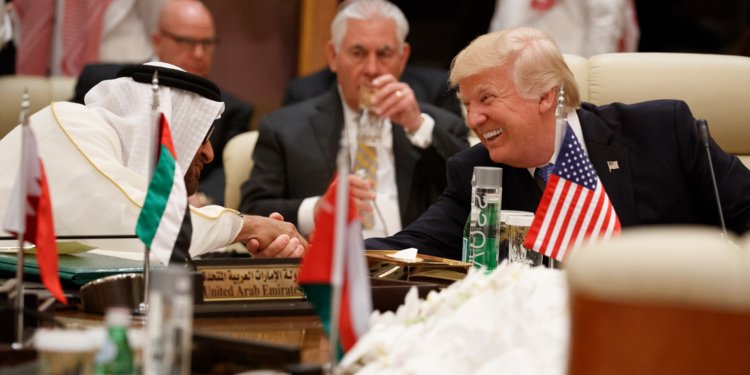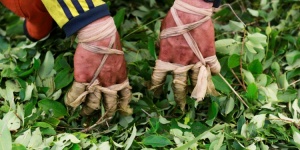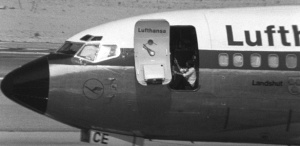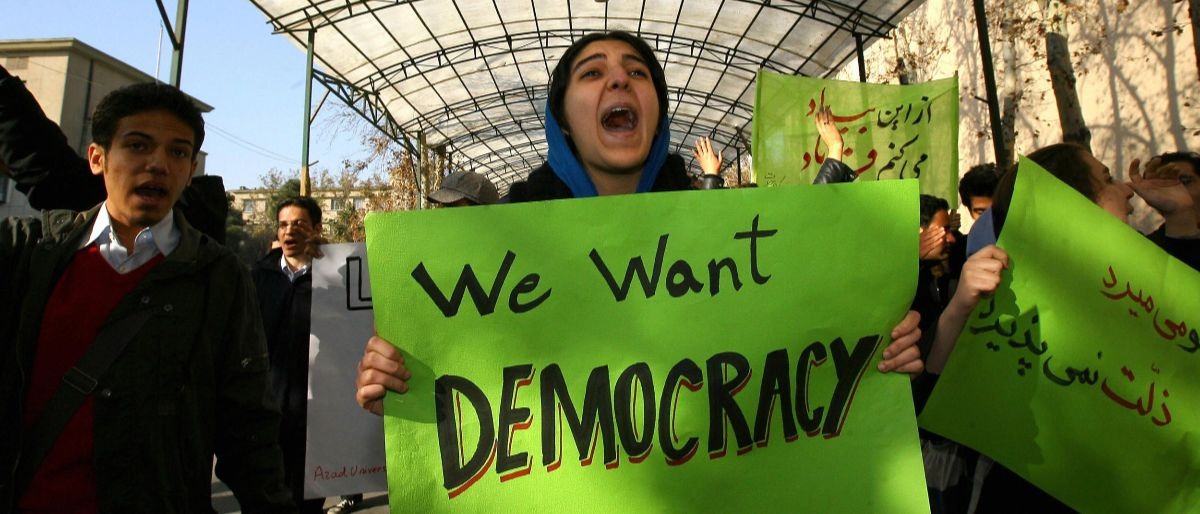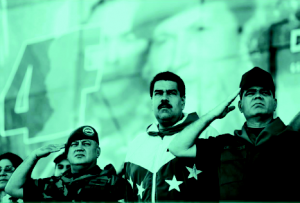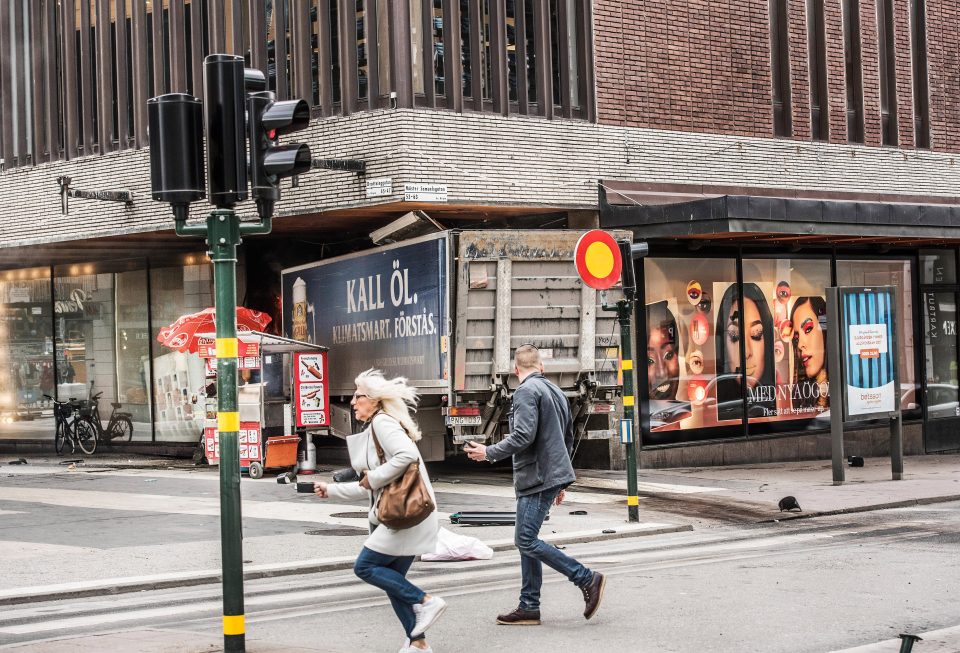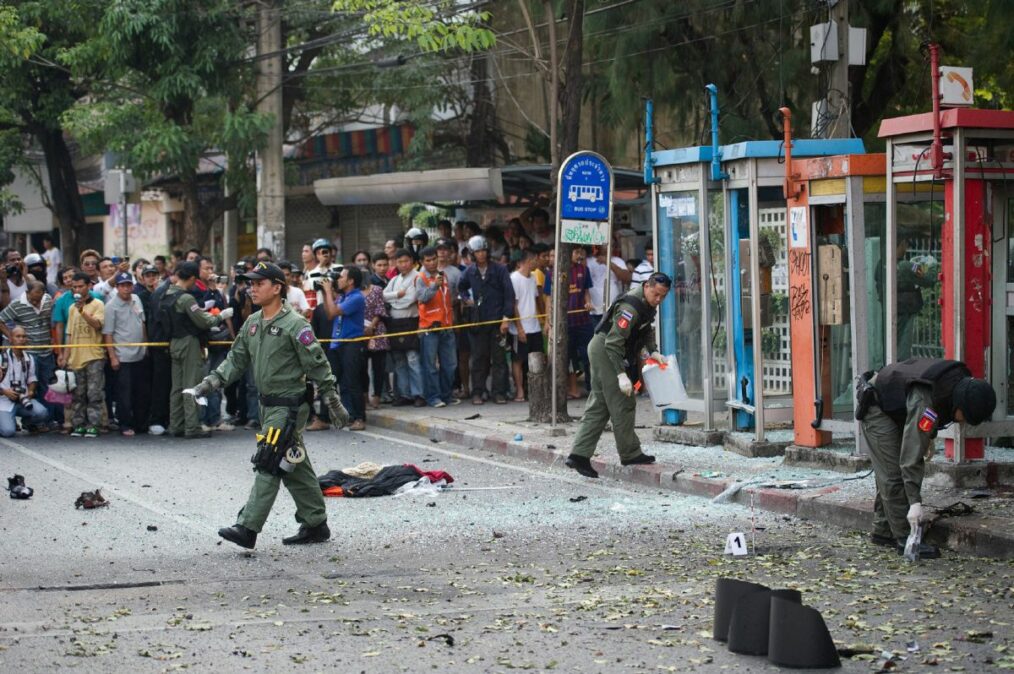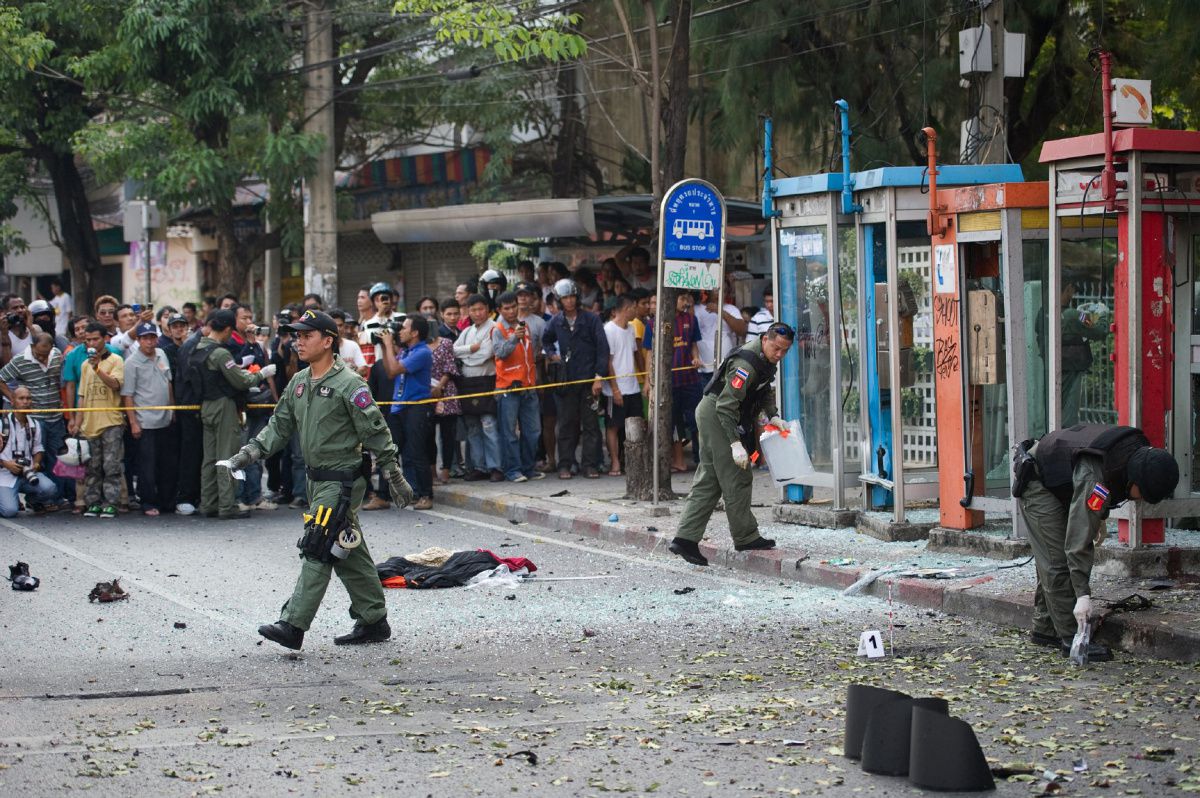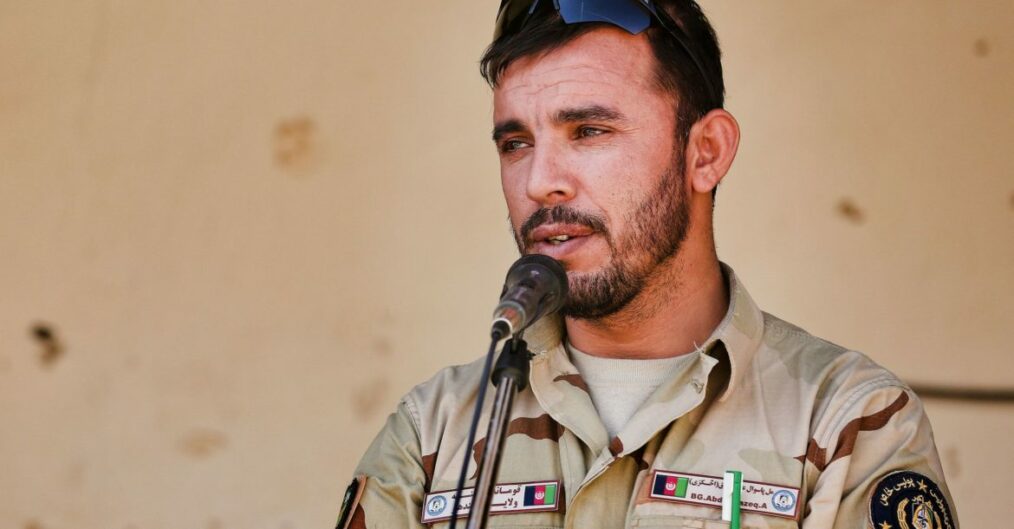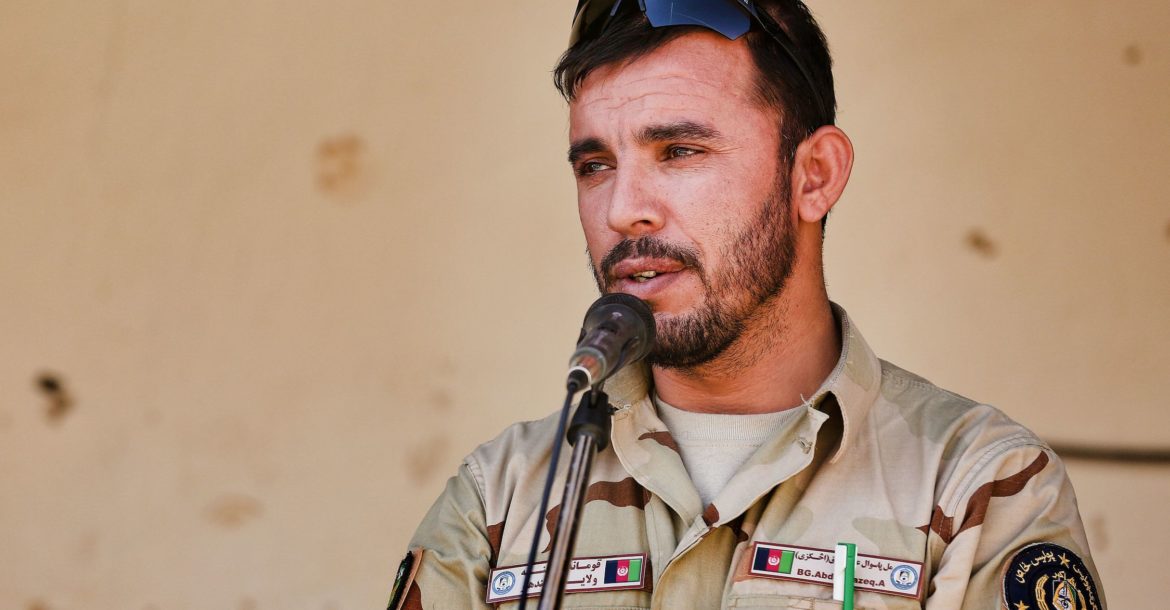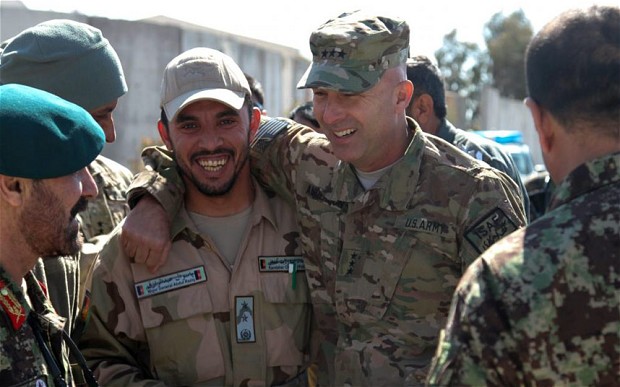
Jair Bolsonaro – Brazil’s recently elected president. (Credit AP)
On Sunday, Brazilians elected Jair Bolsonaro as their thirty-eighth president.
Bolsonaro has been described by the New York Times as the most extreme leader to ever have been elected in Latin America history. Bolsonaro has expressed radical views towards minorities, he is in favor of the war on drugs, and has promised to facilitate easier access to guns to create a vigilantism system. Bolsonaro’s populist bid gave him the support of more than half of Brazilian electors who were fed up with high rates of criminality, corruption scandals, and deep economic recessions.
But how does the election of Bolsonaro relate to violent extremism? Brazil’s main cities, Sao Paulo and Rio de Janeiro, have extremely high rates of criminality, including over sixty thousand murders yearly nationwide. Drug trafficking is also common, as these factions benefit from the absence of the state to create their own institutions and support the marginalized sectors of the Brazilian population. Some of the dominant gangs include the Comando Vermelho, in Rio de Janeiro, and the Primeiro Comando da Capital, in Sao Paulo. Many incursions have been organized in the past against them by the state or federal government, using the regular police, elite officers (such as the BOPE or ROTA), and even the Army. In other stances, the state has negotiated a truce with the drug traffickers to host events, such as the World Cup and the Olympic Games, or to win an election, such as when Lionel Brizola allied itself with drug traffickers of Rio de Janeiro.
Brazil continues to wage war against drug trafficking and countless lives are lost every day.
Bolsonaro has spoken frequently against the decriminalization of drugs, even though he argued his government would tolerate the medicinal use of marijuana. Bolsonaro, as a former Army Captain, is in favor of a more aggressive approach by the police with one of his most popular quotes being, “A good criminal is a dead one”. Bolsonaro has also, both in the past and during the campaign trail, defended torture and killing by the armed forces to fight drug traffickers, insurgents, and even politicians. In 1999, he called for the death of Congress and the then president Fernando Henrique Cardoso.
Brazil has suffered for many years from drug traffickers and the failure of the state to tend to the more marginalized sectors of society, including afro-Brazilians and the poorer parts of the population. On a previous piece, it was discussed how this problem led to the torture and death of investigative journalist Tim Lopes. Most politicians have approached this problem with violence and armed counter-attacks. Some Brazilian cities have had success focusing on the community, improving the police training to tackle this issue, and investing in education. Now, with the election of Bolsonaro, these improvements are likely to be in jeopardy, as a national policy based on criminalization and the war on drugs is likely to be created.
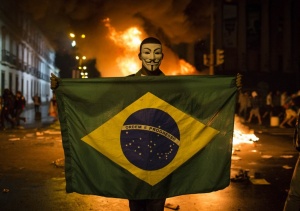
Brazilian protests against corruption and violence (Credit AP)
The election of Bolsonaro is a frightening moment for Brazil.
Bolsonaro is undoubtedly a populist leader who propagates authoritarian notions. His actions are likely to be disastrous for the country and only produce more violence. It is imperative that the international community condemns any attempts of Bolsonaro to exacerbate the failing War on Drugs. Moreover, the Brazilian governors and mayors must be even more assertive on investing in community-based approaches, police training, and education to effectively reduce criminality and drug trafficking.
~ Roberto Malta is a Brazilian born, George Mason University student pursuing a B.A. in Global Affairs, with minors in History and Economics.

